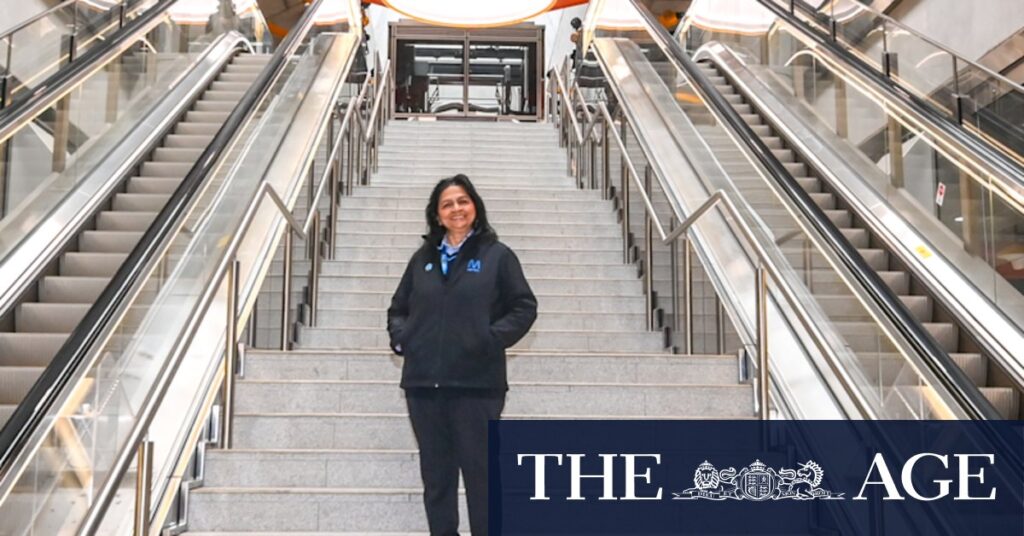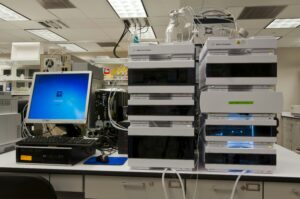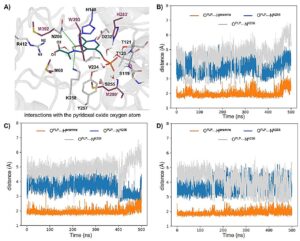
When the first passengers tap their myki cards at Melbourne’s new Arden station later this year, Christine Rodrigues will be there to ensure everything runs smoothly. As the station master responsible for overseeing day-to-day operations at Arden, located in North Melbourne, Rodrigues is part of a team preparing for the station’s debut, a key component of the $15 billion Metro Tunnel project.
Although the exact opening date remains unconfirmed, the Allan government maintains that passengers on the Sunbury and Cranbourne/Pakenham lines will be traveling through the nine-kilometer tunnel between Kensington and South Yarra by the end of this year. Rodrigues is currently engaged in a comprehensive final program of testing and trials to prepare for the station’s first day of operations.
Preparing for the Big Day
The preparation includes practicing daily operations such as opening and closing the station, as well as simulating disruptions and emergencies with drills involving up to 600 passengers. “We’ve had trains that have actually stopped in the tunnel, and we’ve been able to get passengers safely to the dedicated routes to get them out,” Rodrigues explains. “Now we’re in a good position to direct passengers—we know exactly where everything is.”
Rodrigues, who has worked for Metro for 16 years, including two years as station master at the nearby North Melbourne station, highlights the impressive scale of Arden compared to City Loop stations. The new station features soaring ceilings and expansive platforms measuring 15 meters wide and 220 meters long.
Innovative Safety and Efficiency Measures
Among the station’s significant upgrades are platform doors, which enhance safety and minimize disruptions by preventing people or objects from falling onto the tracks. These doors also contribute to a quieter environment and more efficient climate control. Above them, an information display will show crowding levels in each approaching train carriage, allowing passengers to prepare to board emptier carriages.
“This helps us to move the trains quicker and more safely, providing passengers with a more comfortable journey,” Rodrigues notes. Trains serving the five Metro Tunnel stations are required to stop with pinpoint accuracy to align with the platform screen doors, a feat made possible by high-capacity signaling technology.
High-Capacity Signaling: A Victorian First
Metro Trains’ general manager of passenger readiness, Lloyd Salas, elaborates on the introduction of high-capacity signaling, a Victorian first through the Metro Tunnel program. For over 70 years, Melbourne’s train network has relied on track-side signals similar to traffic lights. The new system automatically controls the distance between trains, allowing them to operate closer together and as frequently as every three minutes.
“It also allows for extremely accurate stopping. So when the train pulls up, it will line up perfectly with the doors and the doors will open up,” Salas says.
While drivers remain responsible for opening and closing the doors to ensure passenger safety, the signaling system takes over train movement through the tunnel, guiding them at closer distances than would be possible under manual control.
Advanced Monitoring and Control Systems
The Metro Tunnel stations are equipped with 2800 CCTV cameras feeding into station control rooms, where staff maintain constant radio contact with platform personnel. The CCTV integrates with a high-tech SCADA (supervisory control and data acquisition) system, which also monitors nearly 13,000 other devices including escalators, lifts, lights, fire systems, and platform doors.
“It’s got eyes and ears on everything,” says Salas. “The more information you get, the better you can actually respond to anything.”
As the project enters its final stages, Salas emphasizes the importance of fine-tuning the new rail infrastructure, stations, and technology to ensure seamless operation from day one. “We’re bringing everything together, from a new timetable to people readiness to introducing new assets. Crossing the Ts and dotting the Is to make sure everything is in place,” he says.
The testing program is undergoing external assessment by independent reviewers to ensure comprehensive preparation. As Melbourne anticipates the opening of its latest transport innovation, the focus remains on integrating processes, people, and systems to deliver a reliable and efficient service.






